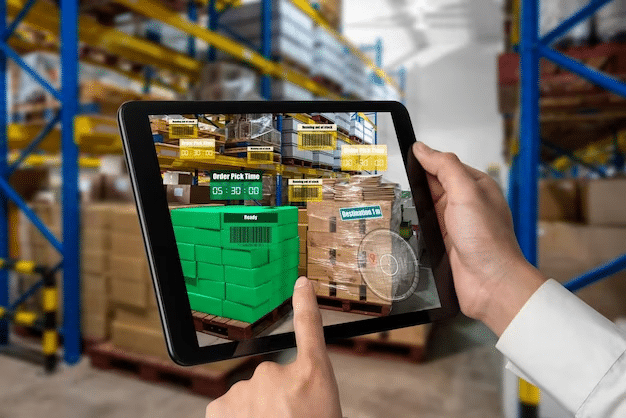
Final Assembly: The Key to Successful Manufacturing
Final assembly plays a critical role in manufacturing. It involves the integration and assembly of various components to create the final product. When you have reliable assembly services, you can drive added revenue and build customer loyalty. Let’s explore the importance of contract assembly services.
Final Assembly in the Manufacturing Process
What is it?
Final assembly is the stage in the manufacturing process where individual component parts, often manufactured in different locations, are put together to form the final product.
The Importance of Final Assembly in the Manufacturing Process
This is the stage when all components come together in a build location to form a whole unit. With every part in its correct place, the product can perform its intended function. This phase also sets the stage for drop shipping, a retail fulfillment method where a store doesn’t keep the products it sells in stock. Instead, when a store sells a product using the drop ship model, it purchases items from a third party and has them shipped directly to the customer.
The Role of Quality Control
Quality control is a key consideration in assembly, as it reduces the risk of defects and failures in the final product by meticulously examining each component part before assembly and conducting rigorous tests after assembly.
Key Components of Final Assembly
Components Identification and Verification
Before parts are assembled, they are identified and verified at the build location. This step ensures that all the required parts are available and meet the necessary quality standards.
Mechanical Assembly and Integration
Mechanical assembly and integration is the next step in the final assembly. This involves attaching and fixing all the mechanical parts, ensuring that they fit together perfectly to form a complete and functional product.
Electrical Wiring and Connection
If the product involves any electrical parts, this is where they are connected. This step is significant to the final assembly, only if you are dealing with electronic devices.
Testing and Quality Assurance
Once assembly is complete, rigorous testing is carried out to ensure the product meets all performance and safety requirements. Once a product is confirmed as being of good quality and up to standards, it’s ready for the customer to purchase or for drop shipping.
Challenges and Future Trends
Challenges
Final assembly is the most critical area of manufacturing any product. Without successful assembly, all the effort put into creating various parts and conducting rigorous tests amounts to nothing. However, assembly faces several challenges that need to be overcome to ensure optimal performance. These include:
Supply Chain Management
In the era of globalization and drop shipping, managing the supply chain and assembly line effectively has become exceedingly complex. Whether it’s ensuring that suppliers ship quality component parts on time or managing the resources required for assembly, supply chain management issues can seriously interrupt the manufacturing process, which in turn can disrupt drop shipping schedules.
Workflow Optimization
Streamlining assembly lines for maximum efficiency is a constant challenge. This involves not only efficient placement and use of machinery, equipment, and employees but also the optimization of operational procedures. Unfortunately, inefficiencies often creep into the workflow, leading to delays and increased costs.
Employee Training and Skill Development
Assembly lines cannot function efficiently without well-trained and skilled employees. Despite the importance of employee training and skill development, many companies neglect these areas due to time and financial constraints, resulting in poorer assembly line performance.
Future Trends in Assembly
By looking towards the future, manufacturing companies in the United States and globally can stay one step ahead.
Automation and Robotics
Automation and robotics offer the prospect of more efficient, accurate, and faster assembly. In contract manufacturing, for example, installing robotic arms can radically reduce assembly time while simultaneously reducing human error.
Internet of Things (IoT) Integration
The IoT offers significant potential for monitoring and optimizing assembly lines. By connecting devices and systems, manufacturers can keep a close eye on each step of the assembly process, fine-tuning operations and predicting malfunctions before they become major problems.
Additive Manufacturing
More commonly known as 3D printing, additive manufacturing is another emerging trend likely to transform assembly. It allows for the creation of component parts at the build location, reducing the dependency on supply chains and delivering unprecedented flexibility and responsiveness in manufacturing.
Understanding the Critical Role of Assembly in Manufacturing Success
Final assembly is a crucial step in manufacturing. At the final assembly place, all the pieces come together to form a complete product. It is a stage that requires a high level of precision and quality control, a necessity at a time when consumer expectations in the United States and around the world continue to grow.
To achieve success, businesses must prioritize efficiency, technology, assembly line procedures, the human element, the final assembly place, and quality control. This will result in products that meet consumer expectations and boost profitability.









